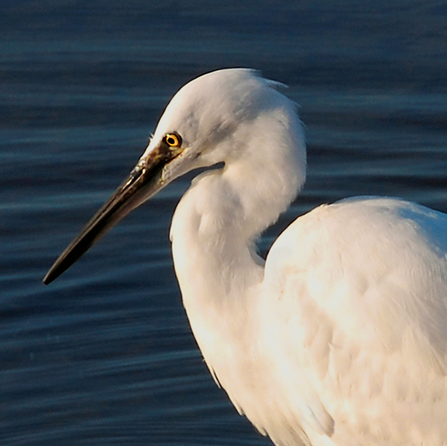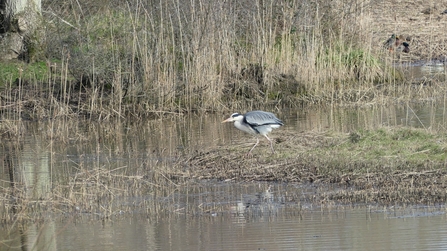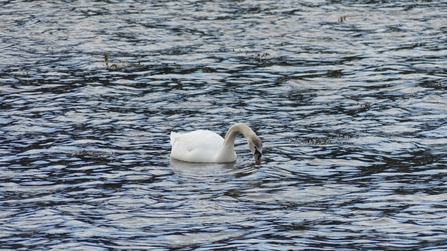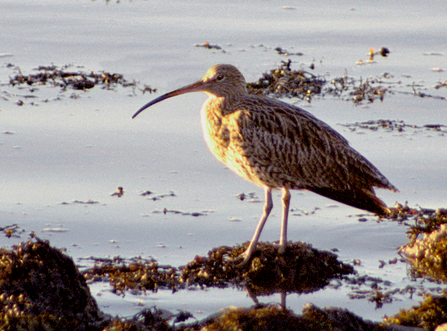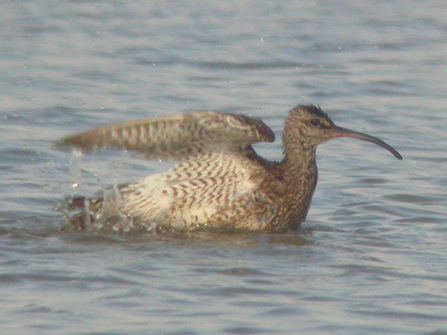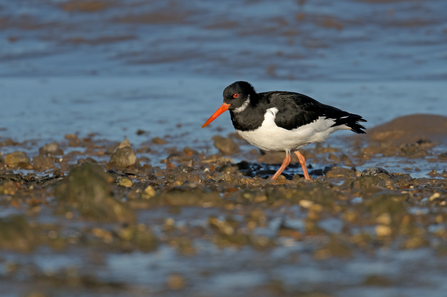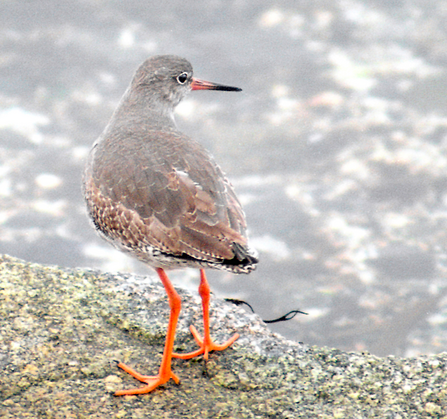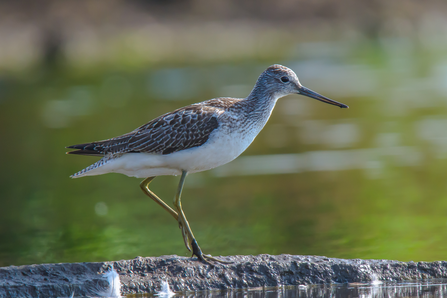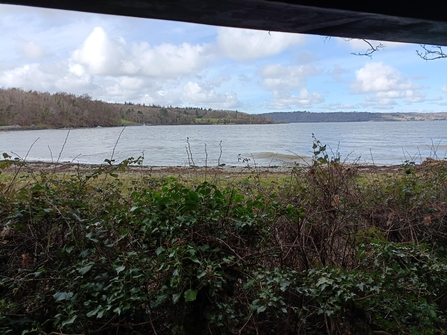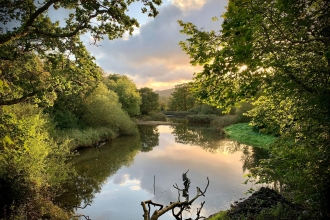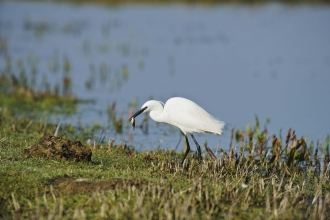The Spinnies Aberogwen Nature Reserve, is one of the 35 nature reserves owned or managed by the North Wales Wildlife Trust, and is well known by the local bird watchers as one of the best places to see some amazing birds.
The kingfisher is the most famous bird at the Spinnies, drawing people in from far and wide, and we’ve also had a rare visit from an osprey back in 2022, which caused bird enthusiasts, experienced and novice alike, to flock to the hides in waves. But there are so many birds to see, all year round.
If you are new to birdwatching, and don’t know where to start, one of the best ways to learn, is not by watching with your eyes, but by listening with your ears. A lot of experienced bird watchers will often identify a bird by their song or call, and after that, they will confirm the species with their binoculars or their eyesight alone. Learning the unique songs and calls of each bird is a good way to start out, especially if you aren’t quite as quick at following the birds with the binoculars just yet.
As there are so many different bird species at the Spinnies Aberogwen, there are so many different songs and calls you can listen to, all over the reserve. At the reserve, you can find three different hides. Today, we would like to introduce you to the Main Hide and the different songs and calls you may hear while inside.


